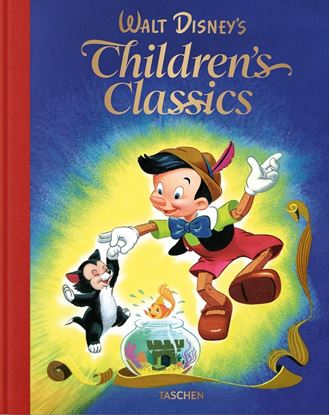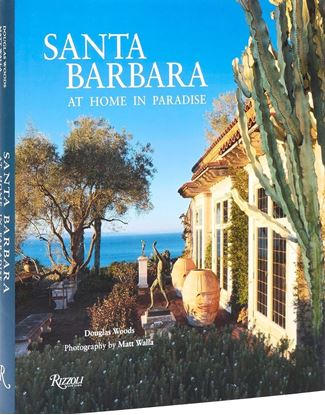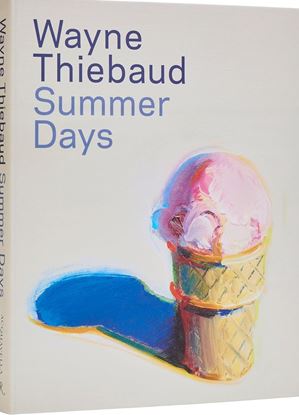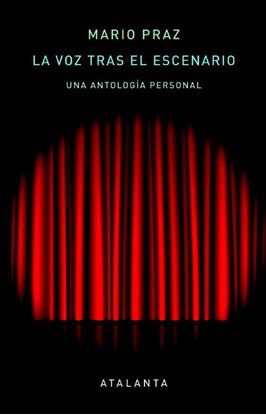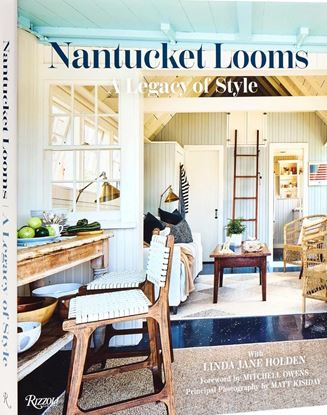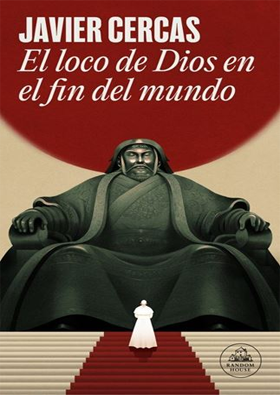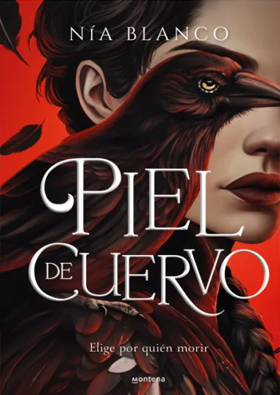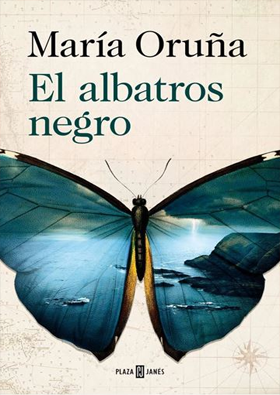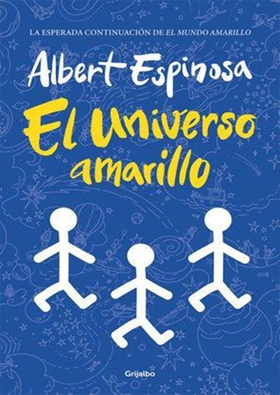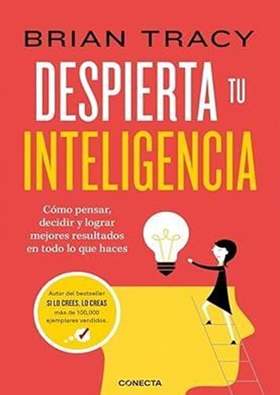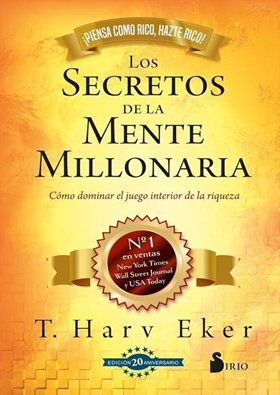

NOVEDADES
WALT DISNEYS CHILDRENS CLAS. 1937-1953
In Los Angeles during the 1940s and 1950s, Disney artists popularized illustration for children both on the big screen and in the pages of the Golden Books, a series of affordably priced children's books. These stories distilled the visual language of Disney films and brought historic and contemporary tales to life through compelling and inventive works of art. The selection of material in this book by 7 different artists reflects the variety of stylistic approaches that defined animation and illustration at the Disney studio.The book begins with an introduction to the artistic milieu that characterized the Disney studio, and each of the 10 stories is illustrated with complete original art and text. Biographies of the artists featured are included in the appendix. This hardcover anthology of vintage illustration will captivate adults and children alike.
3,700
SANTA BARBARA. AT HOME IN PARADISE
With new photographs of houses steeped in the period revival tradition, from 1838 to today, not since Rizzoli’s Santa Barbara Style (2001) has a book so eloquently captured the distinctive splendor of this seaside paradise.
Known worldwide for the Santa Barbara style, the town epitomizes a type of building at once elegant and suffused with poetry. At its heart is the historic downtown, featuring white-washed Mediterranean-style stucco buildings with tile roofs and the iconic Santa Barbara Mission of 1786, whose austere beauty set the tone for all that followed. From its earliest days, the influence of this place has been felt and has since radiated across the sunbelt; it continues to be a model of emulation and inspiration. But it is the houses and the dream of living in Santa Barbara and its sister communities of Ojai, Carpinteria, Summerland, Goleta, and Montecito that casts the most profound spell.
3,700
WAYNE THIEBAUD. SUMMER DAYS
This book tracks the career of the artist over six decades, revealing his retained interest in lighthearted subjects while casting them in traditional modes of painting. It celebrates the artist’s regard for the delights of the quintessentially American summer experience, from its sweet ice creams and chilled soda pops to beach games and barbecues, melting a gray winter into a fading memory. The catalogue features paintings from the 1960s through the 2000s of beach scenes, hot dogs, ice creams, beach balls, and bathing suits.
3,700
POESIA COMPLETA (AKAL)
Una edición crítica, con un estudio introductorio de la mano de David Becerra, que presenta la figura de un poeta comprometido con la política y con el arte de su tiempo y que es una de las cumbres de la poesía en lengua española del siglo XX.
3,700
LA VOZ TRAS EL ESCENARIO
En nuestros días la necesidad de reimaginar lo planetario es una tarea urgente. La artista y teórica de vanguardia Patricia Reed nos invita a emprender este propósito desde lo más esencial y a la vez lo más complejo: a través de una revisión de los marcos conceptuales que han configurado la modernidad y la sociedad industrial. Lo catastrófico, dice la autora, no es otra cosa que «mantener la calma y seguir adelante». Por eso necesitamos modelos de pensamiento que no se adapten a la continuidad destructiva del presente. En diálogo con otras pensadoras de la «planetariedad» como Gayatri Spivak, Denise Ferreira da Silva o Yuk Hui, con el giro especulativo y la crítica del humanismo, Reed moviliza el pensamiento planetario como una red teórica crucial para entender la diversidad de epistemes y tecnoculturas que determinan nuestro mundo; y, apoyándose en las ideas de la filósofa Sylvia Wynter, apela a los «nuevos géneros del ser humano» y al poder de la ficción como revulsivos.
3,600
NANTUCKET LOOMS. A LEGACY OF STYLE
In the early 1960s a reawakening was happening on Nantucket. Into this world stepped Andy Oates and Bill Euler, one skilled in fine arts and the other in the art of hospitality. In 1968 they opened Nantucket Looms, which specialized in needlepoint, crewelwork, handwoven fabrics, and local artwork, forging their Nantucket style aesthetic. This modest homespun charm held great appeal to such style makers as Jackie Kennedy Onassis, Bunny Mellon, and interior designer Billy Baldwin.
3,600


